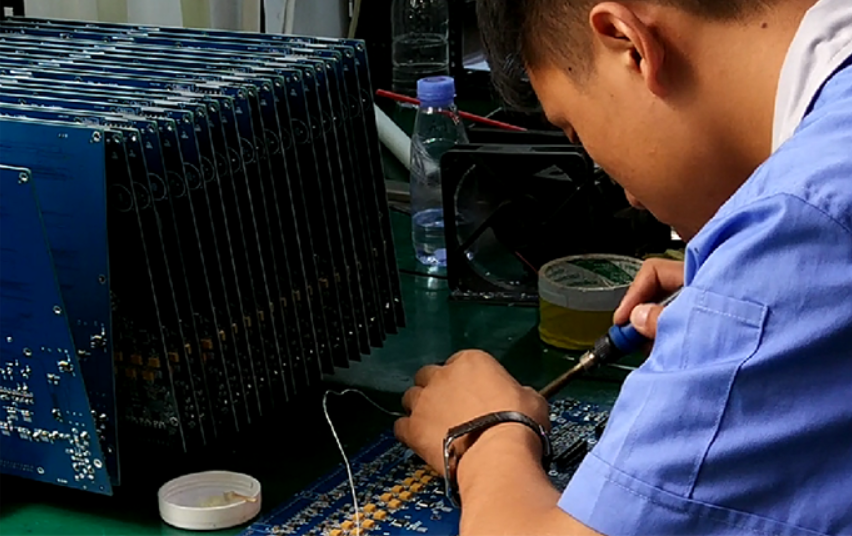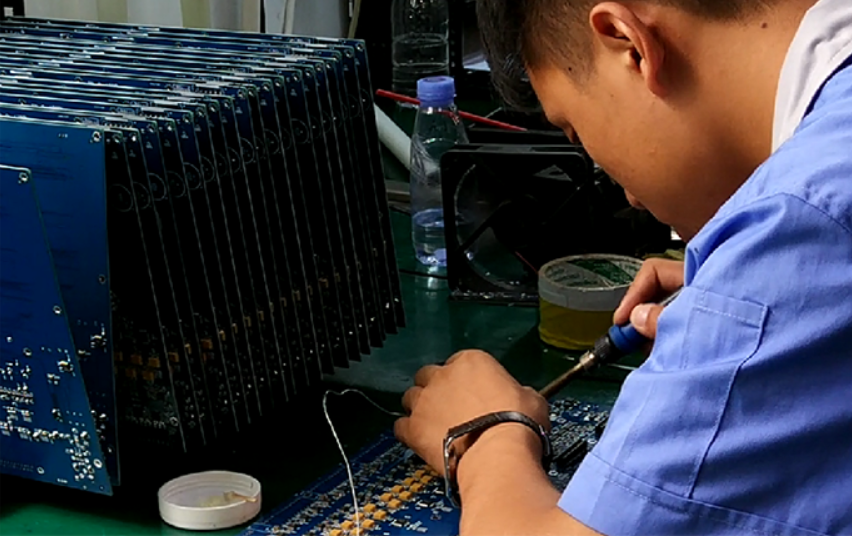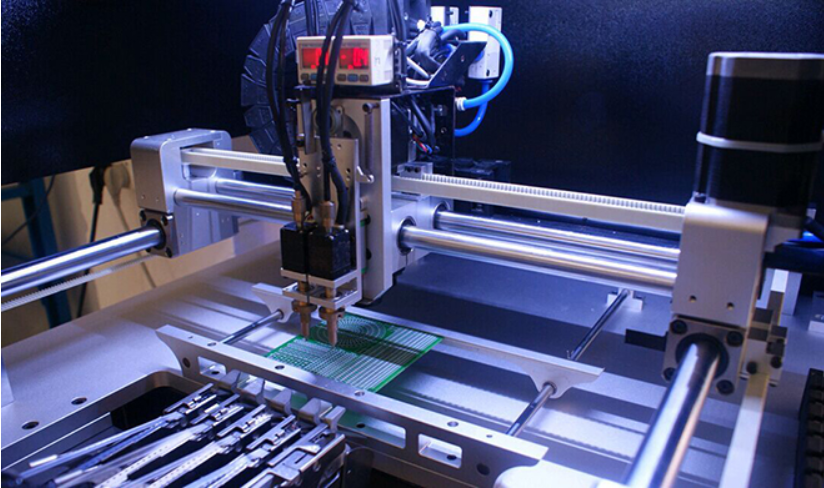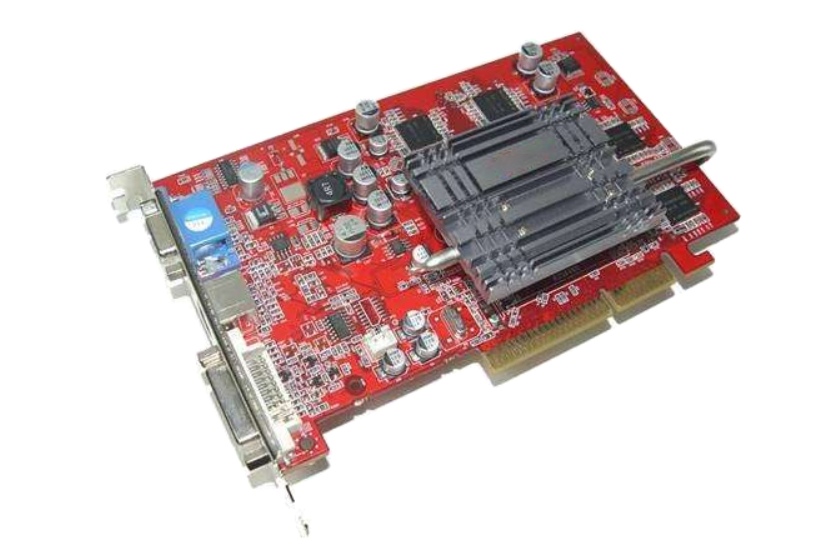
PCB welding principle and required PCB welding tools
Usually, in the process of PCBA processing and production, circuit board welding, circuit board welding principle and tools used in circuit board welding processing are often used for circuit board maintenance, BGA welding and ball planting repair.

1. Circuit board welding principle:
At present, soldering technology is mainly used for electronic components. Tin welding technology uses tin alloy materials as the solder. Soldering tin melts at a certain temperature. The metal weldment and tin atoms attract, diffuse and combine with each other to form a wetting bonding layer.
It seems that the copper platinum and component leads of PCB printed boards are very smooth. In fact, there are many small concave convex gaps on their surfaces. The molten tin solder diffuses along the surface of the weldment with the help of capillary suction, forming the infiltration of solder and weldment, firmly bonding the components and printed boards together, and has good conductivity.
The conditions for tin welding are: the surface of the weldment shall be clean, and oil dirt and rust will affect the welding; Only metals that can be wetted by tin solder can be solderable. For materials that are easy to generate oxide film on the surface, such as brass, with the aid of soldering flux, the surface of the weldment can be soaked by tin plating before welding; Proper heating temperature is required to make the solder have a certain fluidity, so as to achieve the purpose of welding firmly. However, the temperature should not be too high, which is easy to form oxide film and affect the welding quality.
2. Soldering tool for circuit board: electric soldering iron
The main tool for PCB manual welding is electric soldering iron. There are many kinds of electric soldering irons, including direct heating type, induction type, energy storage type and temperature regulating type. The electric power is 15W, 2OW, 35W... 300W, mainly depending on the size of the weldment.
The welding of general components should be conducted with a 2OW internally heated electric soldering iron; Energy storage electric soldering iron can be used for welding integrated circuits and vulnerable components; 150W~300W high-power externally heated electric soldering iron can be used for welding large weldments. The tip temperature of low power electric soldering iron is generally 300~400 ℃.
Solder head is generally made of red copper. In order to protect from oxidation and rust under the high temperature of welding, the iron head is often electroplated. Some iron heads are also made of alloy materials that are not easy to be oxidized.
The new soldering head shall be tinned before formal welding. The method is to polish the iron head with gauze paper, then immerse it in pine perfume, dip it in solder and grind it repeatedly on hard objects (such as wood), so that all sides of the iron head are tinned.
If the soldering iron has been oxidized for a long time, the surface oxide layer shall be gently filed off with a small file. After the bright red copper is exposed, it shall be treated in the same way as the new soldering iron. When only one electric iron is used, the temperature of the iron head can be adjusted by inserting the iron head into the iron core at different depths.
The longer the iron head is pulled out from the iron core, the lower the temperature of the iron head is. On the contrary, the higher the temperature is. The temperature of the soldering head can also be adjusted by changing the size and shape of the soldering head. The thinner the tip, the higher the temperature; The thicker the tip, the lower the relative temperature.
The soldering head with proper shape can be selected according to the type of components welded to the circuit board. The top shape of the soldering iron head is conical, oval and chisel shaped. Small welding points can be conical, while large welding points can be chisel shaped or cylindrical.
There is also a tin absorbing electric soldering iron, which is formed by adding a tin absorbing mechanism to the direct heating electric soldering iron. The electric soldering iron is used for desoldering components in PCB circuits.
This article mainly introduces the principle of PCB welding and the required PCB welding tools







